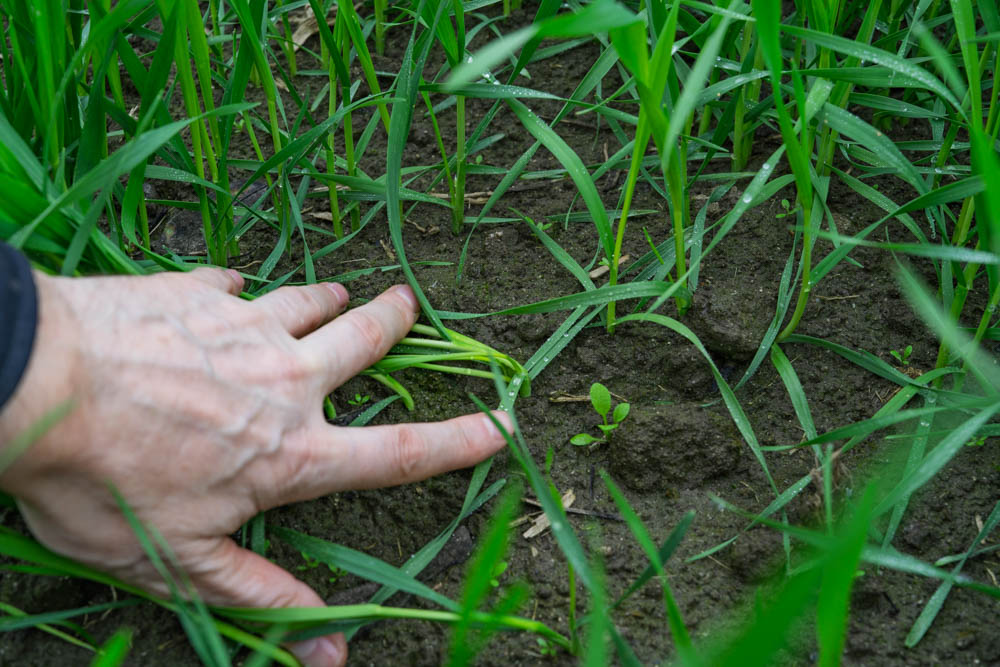Herbicide sprays are essential for common row crops such as wheat and triticale crops, particularly in the U.S., where they are often applied during the fall or early in the year. This blog focuses on optimizing your herbicide spray strategy to maximize yields and minimize costs.
Why Fall is Ideal for Herbicide Sprays
Performing herbicide sprays in the fall offers several advantages:
- Better Weed Control: Many weeds germinate in the fall, making it the perfect time to tackle them early.
- Improved Yield Potential: Early weed management reduces competition, ensuring healthier crops.
- Reduced Pest Pressure: Eliminating weeds minimizes habitats for pests that could harm your crop.
Determining the Best Time to Spray
Timing is everything when it comes to herbicide applications. Consider these factors:
- Plant Height: Wheat or triticale plants should be around 6 inches tall (15 cm). Taller plants may reduce proper spray coverage.
- Weed Pressure: Balance plant height and weed density. High weed pressure can reduce application efficiency.
- Weather Forecast: Avoid spraying if rain is expected within 48 hours, as it can dilute the herbicide’s effectiveness.
Recommended Chemicals and Costs
For wheat and triticale, common herbicides include:
- Simplicity CA: Effective for chickweed, applied at 6.75 fl oz/acre.
- ETX Herbicide/Defoliant: Targets lambsquarters at 1.25 fl oz/acre.
- IVC 5150: A supportive adjuvant used at 3 fl oz/acre.

In California, 2024 costs for these applications range between $30 to $50 per acre, depending on chemical choice, tank mix and spray application method.
Maximize Efficiency with AgNote
AgNote’s farm management software simplifies crop planning with features like detailed crop management, pest tracking, and cost analysis. Sign up for a free seven-day trial today and experience streamlined farm management!
